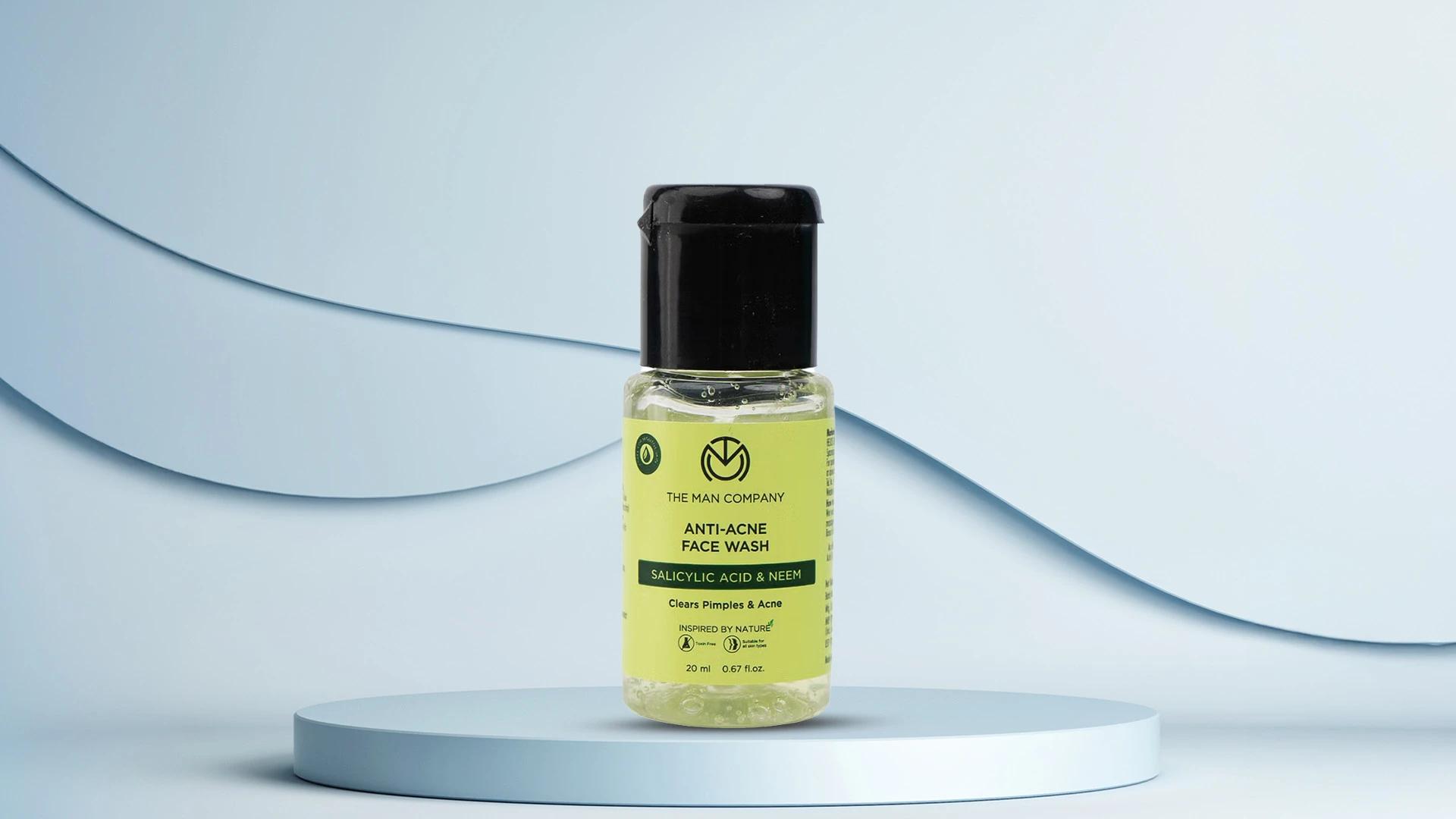Let's be real – scrolling through endless skincare aisles can feel overwhelming when you're hunting for that perfect acne-fighting cleanser. You've probably heard about salicylic acid being the holy grail for oily and acne-prone skin, but with so many options out there, how do you actually pick the best salicylic acid face wash for your needs? The thing is, not all BHA facial cleansers are created equal, and what works for your mate might not be your kind of pick. That's where expert insights come in handy – think of this as your insider guide to navigating the world of pore-clearing skincare without all the trial and error drama.
Understanding Salicylic Acid: The Powerhouse of Acne-Fighting Cleansers
Salicylic acid is basically the friend who always tells you the truth – it gets deep into your pores and sorts out the mess that's been building up. This BHA facial cleanser ingredient is oil-soluble, which means it can cut through sebum and dead skin cells like nobody's business. Unlike other exfoliating ingredients that work on the surface, salicylic acid dives deeper to tackle blackheads, whiteheads, and those stubborn blemishes that just won't budge.
What makes it brilliant for oily and acne-prone skin is its ability to regulate oil production whilst gently exfoliating. It's like having a deep cleansing face product that multitasks – clearing out congestion, reducing inflammation, and preventing future breakouts all in one go.
The Science Behind Salicylic Acid's Effectiveness
Salicylic acid works by breaking down the bonds between dead skin cells, making it easier for them to shed naturally. This process unclogs pores and prevents the buildup that leads to breakouts. It's particularly effective because it can penetrate oil-filled pores, something water-based ingredients simply can't do.
Beyond Acne: Other Skin Concerns Salicylic Acid Addresses
Whilst acne is its claim to fame, this ingredient is also brilliant for smoothing rough texture, fading post-acne marks, and keeping your skin looking fresh and clear. Many people find it helps with enlarged pores and general skin congestion too.
Key Factors in Choosing the Best Salicylic Acid Face Wash
Picking the right blemish control face wash isn't just about grabbing the first salicylic acid product you see. Your skin type, concerns, and lifestyle all play a part in finding your perfect match. Some people with sensitive skin might need a gentler approach, whilst others with stubborn blackheads might want something with a bit more oomph.
The concentration of salicylic acid matters too – it's not always a case of more being better. Sometimes a gentle salicylic acid cleanser with the right supporting ingredients can be more effective than a super-strong formula that irritates your skin.
Concentration Matters: Finding the Right Balance
Most effective cleansers contain between 0.5% to 2% salicylic acid. Beginners should start with lower concentrations to see how their skin reacts, whilst experienced users might benefit from higher percentages for stubborn concerns.
Complementary Ingredients to Look For


 100 ml
100 ml 30 ml
30 ml 100 ml
100 ml 100 ml
100 ml